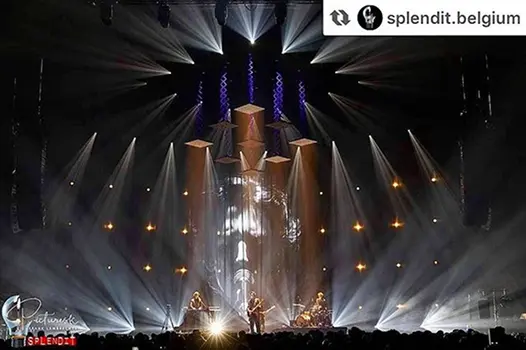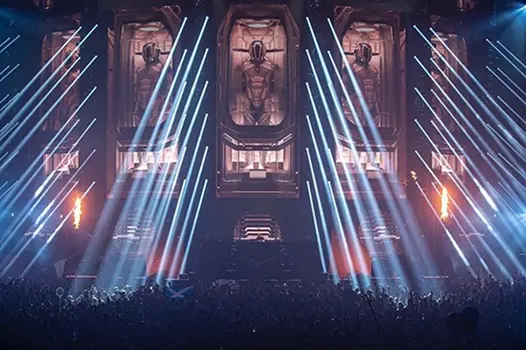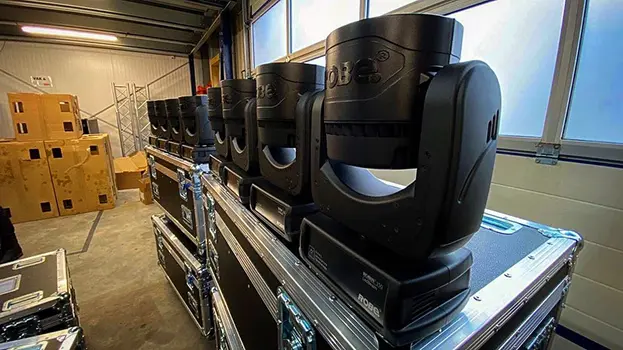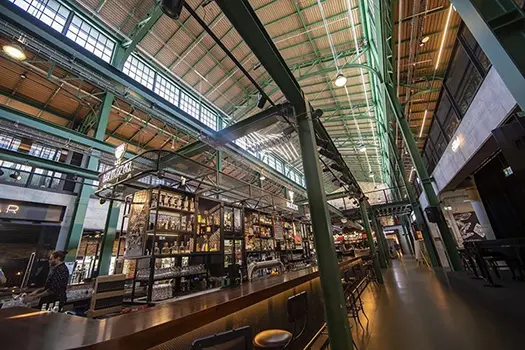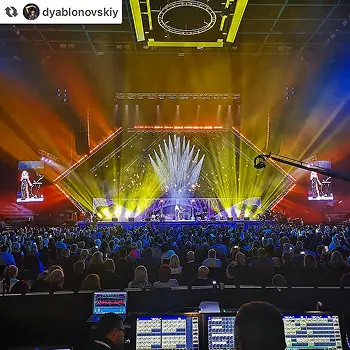GLOBAL / ENGLISH
Contacts
Headquarters
Robe Subsidiaries
Business Development
User login
Global / EN
Application Picker
16.2.2021
Robe Joins The Beacon Jams
Products Involved
The Beacon Jams were a hugely successful 8-week ‘virtual residency’ presented by guitarist and singer-songwriter Trey Anastasio (AKA lead singer of Phish) and MSG Entertainment in New York City’s iconic Beacon Theatre.
Previous
Next
Navigate
Log in
Follow Us
Stay in Touch
Navigate
Log in
Follow Us
Stay in Touch
Robe international newsletter
All rights reserved. Created by Appio










